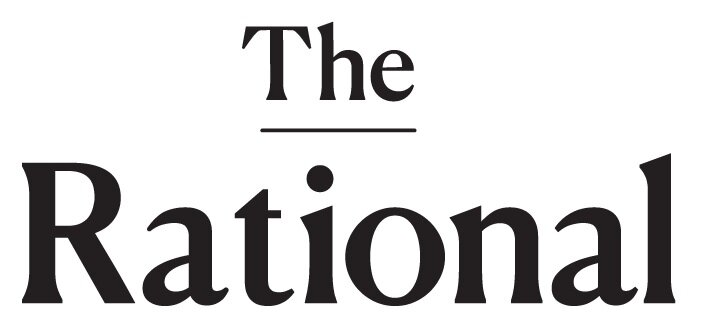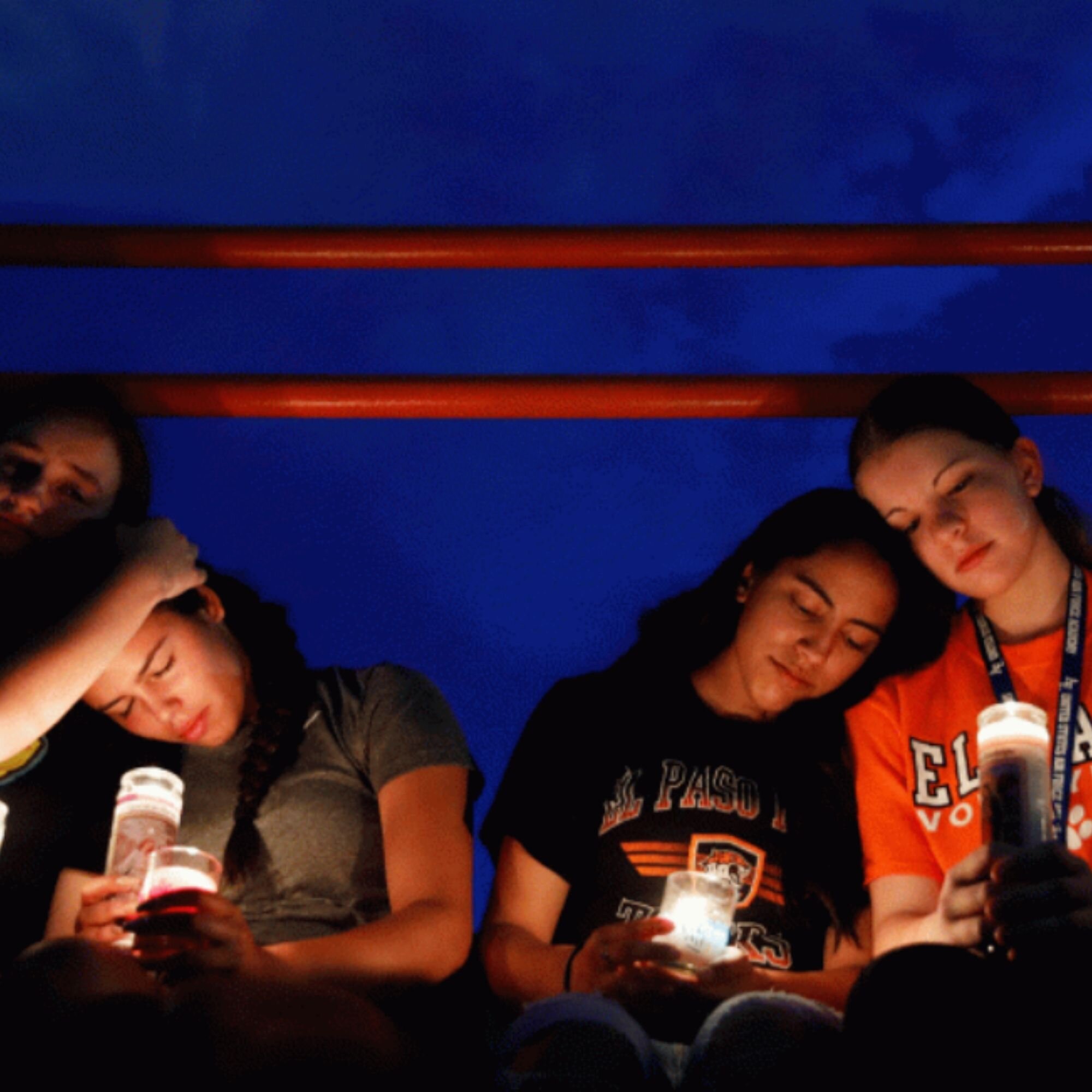America’s Mass Shootings
There have been more mass shootings than days this year.
Credit: John Locher/AP
On Aug. 3, 2019, a gunman opened fire at a Walmart store in El Paso, Texas, killing 22 people and injuring another 26. Just 13 hours later on Aug. 4, in an unrelated incident, another gunman opened fire at a Dayton, Ohio bar, killing nine people and injuring 27 others. Once again, America found itself in the wake of not one, but two, mass shootings — all within the span of hours. And in the wake of each mass shooting in the U.S., debate around gun control is reignited.
What’s a mass shooting?
Technically, no legal definition of “mass shooting” exists; the closest definition by the U.S. government is the FBI’s designation of a mass murderer as someone who kills four or more people — not including themselves — in one location. Gun Violence Archive, a nonprofit research group, has taken that to define a mass shooting as a single incident where four or more people are shot or killed.
Mass shootings are nothing new to America, and can be traced back to the 1920s, for example the Herrin Massacre, where striking union miners killed 20 non-strikers and mine guards. But mass shootings as we know them today came into the mainstream in 1999, when two high school boys brought guns into their school and killed 12 classmates and a teacher, and injured 24 others. The incident is infamously known as the Columbine high school massacre.
Between January and August 2019 alone, there have been over 260 mass shootings across the country. But there seems to be no one reason perpetrators commit mass shootings which makes the symptoms of a potential shooter difficult to pinpoint exactly. The El Paso shooter, for instance, named his attack as “a response to the Hispanic invasion of Texas,” echoing President Trump’s anti-immigrant sentiments. Meanwhile, the Dayton shooter’s only motive seemed to be that he had a desire to kill people, according to some of his public writings.
Why is this important?
Unless governmental action is taken, thousands of Americans may continue to die in mass shootings. The FBI even released a statement after El Paso and Dayton saying that it “remains concerned that U.S.-based domestic violent extremists could become inspired by these and previous high-profile attacks to engage in similar acts of violence.”
The FBI’s statement is significant in its identification of mass shooters as “domestic violent extremists,” which the FBI also refers to as “domestic terrorists.” Under Section 802 of the Patriot Act, domestic terrorism is defined as any act dangerous to human life that violates U.S. criminal laws and appears to be intended to intimidate or coerce a civilian population, influence the policy of a government by intimidation or coercion, or affect the conduct of a government by mass destruction, assassination, or kidnapping. Historically, however, the label of terrorism has been reserved for acts of violence committed by non-white Americans. Both the El Paso and Dayton shooters were white.
Under current federal law, there are a number of individuals who are ineligible to purchase firearms, including fugitives, patients involuntarily committed to mental institutions, and people with prior felony convictions or misdemeanors. But state governments remain at liberty to enforce different gun laws which makes it challenging to enforce gun policies.
There is also the federal Firearms Owners’ Protection Act of 1986 which grants a number of leniencies such as allowing licensed dealers to sell firearms at gun shows where background checks and waiting periods are not followed. Furthermore, this law prevents the federal government from keeping a central database of firearms dealer records.
New reforms on gun control legislation have become a hot topic for years but continue to hit roadblocks in Congress because of the issue’s severely partisan divide. The main argument against reformed gun control laws is that it is an individual’s constitutional right to own a firearm based on the U.S. Constitution’s Second Amendment.
Some historians and law experts, however, have argued that this amendment has been misinterpreted, and that it was referring to war-time militia and antiquated firearms far from the automatic weapons we have today.
What’s next?
Since the El Paso and Dayton shootings in August 2019, at least 27 people across the country have been arrested for making threats to commit a mass shooting. Many of these threats share a strong similarity to the manifestos and statements released by mass shooters in the past. Yet, gun control reform remains at an impasse.
In the meantime, lawmakers are trying to come up with creative solutions to tackle America’s mass shooting problem without facing hurdles from its Second Amendment. On Aug. 14, Arizona Republican Sen. Martha McSally introduced a discussion draft of a bill seeking to criminalize domestic terrorism as a punishable federal offense which it currently is not. The proposed bill will be introduced when the U.S. Senate reconvenes in September 2019.











